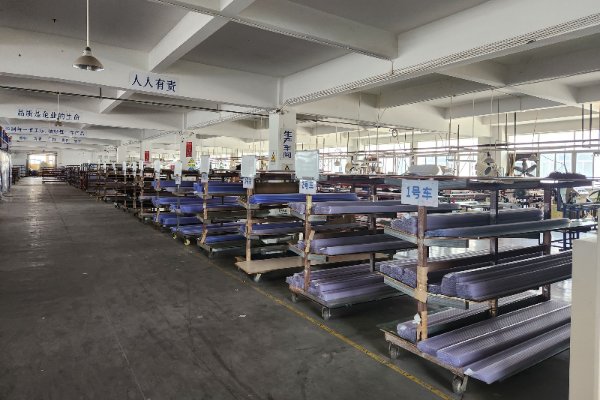Recent Posts
-
The Art of Crafting Shower Room Seal Strips: A Closer Look into the Production Process
Shower room seal strips play a crucial role in maintaining the functionality and durability of our bathrooms
07/01/2023
-
New materials to overturn tradition--TPE Stirps
Why TPE Seals Are the Superior Choice for Your Shower Enclosure: Durable, Eco-Friendly, and Long-Lasting!
09/06/2024
-
Explore TRIDENTSHOWER.COM: Your Ultimate Choice for Shower Enclosures and Hardware Accessories
Explore our range of innovative waterproof strips, magnetic strips, and premium products designed to enhance your bathroom experience. Enjoy exceptional customer service and affordable prices. Transform your bathroom into a beautiful and functional space with TRIDENTSHOWER.COM!
08/08/2024
The Comprehensive Guide to Shower Door Sealing Strips: Types, Selection, Installation, and Maintenance
Introduction to Shower Door Sealing Strips
Shower door sealing strips are a common fixture in bathrooms and shower rooms, often overlooked until they start causing issues that require fixing, like leaks. In this article, we'll delve into the world of shower door sealing strips, exploring the types available, the best choices, installation procedures, and the importance of regular replacement.
Types of Sealing Strips for Shower Doors
Shower door sealing strips are typically made from three main raw materials: PVC, EVA, and PC. While all of these materials offer certain benefits like waterproofing and fire resistance, we recommend using EVA for its outstanding properties, including excellent weather resistance and longevity. Notably, all three materials are safe for human health, making them ideal for use in bathrooms.
Choosing the Right Sealing Strips
When selecting sealing strips for your shower door, several factors come into play. Check the surface smoothness and whiteness, as poor quality strips may lack these attributes due to incorrect composition ratios. Avoid strips with odors, as PVC and EVA should be odorless. It's crucial to examine the edge performance of the strip and ensure its flexibility and smooth surface.
Different Options for Sealing Strips
Shower door sealing strips come in various types, such as block water rubber strips and magnetic touch rubber strips. They can be categorized into H type and F type based on their shape and are available in different thicknesses like 6mm, 8mm, or 10mm. With a wide array of options, you can find the perfect seal for your specific shower door.
Replacing Shower Door Sealing Strips
As shower rooms are exposed to water condensation and high temperatures, the rubber strips tend to age over time. Even with excellent materials, these strips have a limited lifespan, usually around five years. Regularly replacing the strips is essential to maintain their effectiveness and prevent glass damage. Moreover, it helps prevent bacterial growth in the gaps, ensuring a hygienic environment.
Installation of New Sealing Strips
Replacing the rubber strip is a straightforward process that can be done by yourself. Measure the specifications of your shower door and choose a corresponding rubber strip. After removing the old strip and cleaning the glass, attach the adhesive strip along the glass edge, ensuring a proper fit and smooth edges to prevent scratches.
Conclusion
When selecting shower door sealing strips, consider the raw materials, ensuring they are of high quality and non-toxic. Before installation, test the strips to verify their suitability for your shower room. Regular replacement of the strips is crucial to maintain a fresh and hygienic bathroom environment. Be mindful during installation to avoid any mishaps, and your shower door will remain well-protected for years to come.








